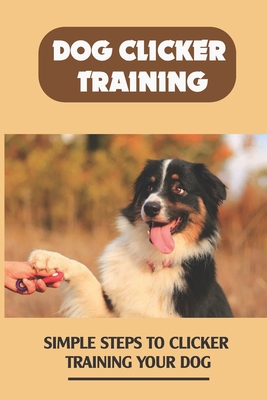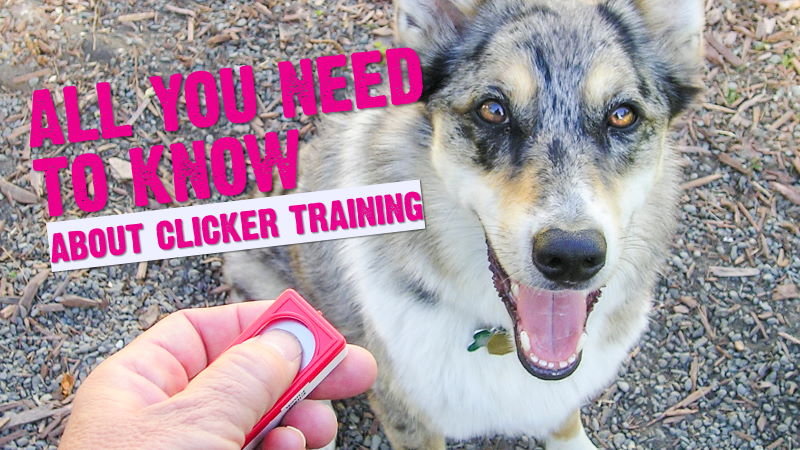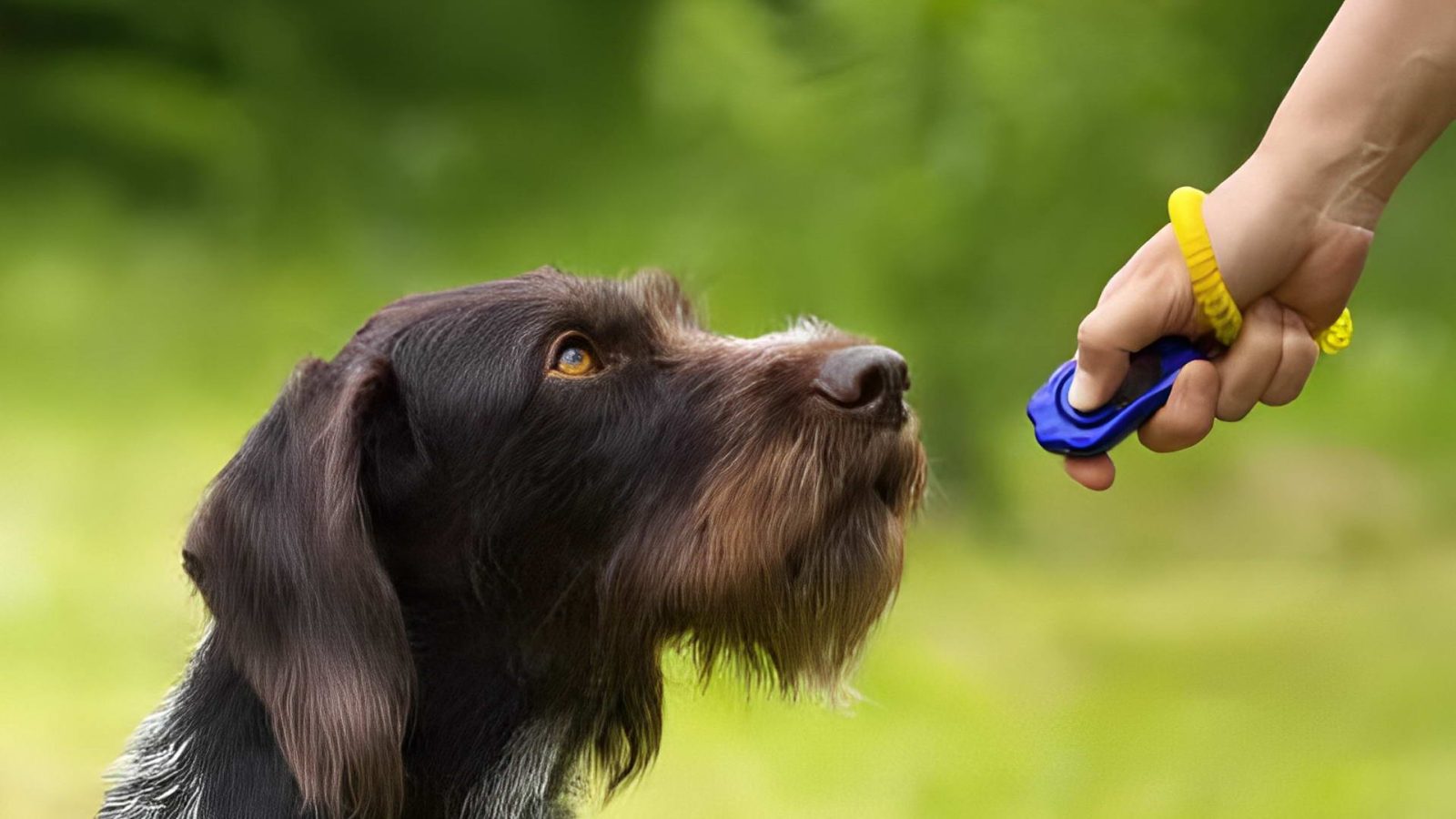Welcome to the beginner’s guide to clicker training for dogs! If you’ve been wanting to teach your furry friend some new tricks or improve their behavior, then clicker training is the perfect method to try. This positive reinforcement training technique involves using a clicker to mark desired behaviors and reward your dog for their good behavior. In this article, you’ll learn the basics of clicker training and how to effectively use this method to train your dog. So grab your clicker and some tasty treats, and let’s get started on this training journey together! Have you ever wondered how you can effectively train your dog in a positive and rewarding way? Clicker training may be the answer you’re looking for! In this beginner’s guide, we will explore the basics of clicker training for dogs and provide you with the tools and knowledge you need to start training your furry friend.

What is Clicker Training?
Clicker training is a positive reinforcement training method that involves using a small device called a clicker to mark desired behaviors in dogs. When the dog performs the desired behavior, you click the clicker and immediately follow it with a reward, such as a treat or praise. The clicker acts as a clear signal to the dog that they have done something right, making the training process more effective and enjoyable for both you and your dog.
Why should I use Clicker Training?
Clicker training is a highly effective and humane training method that focuses on rewarding good behavior rather than punishing bad behavior. By using positive reinforcement, you can build a strong bond with your dog and encourage them to learn new behaviors quickly and willingly. Clicker training is also easy to learn and can be used to teach a wide range of behaviors, from basic obedience commands to more advanced tricks.
Getting Started with Clicker Training
Choosing the Right Clicker
When it comes to choosing a clicker for training your dog, there are a few different options to consider. The most common type of clicker is a small plastic device that makes a distinct clicking sound when pressed. You can also opt for a clicker app on your phone or a clicker with a wrist strap for easy access during training sessions. Whichever type of clicker you choose, make sure it is easy to use and comfortable for you to hold.
Introducing the Clicker to Your Dog
Before you start using the clicker in training sessions, it’s important to introduce your dog to the sound of the clicker and help them understand what it means. Begin by clicking the clicker and immediately giving your dog a treat. Repeat this process several times to create a positive association with the clicker. Once your dog is comfortable with the sound of the clicker, you can start using it to mark and reinforce good behavior during training sessions.
Setting Training Goals
Before you begin clicker training with your dog, take some time to think about the specific behaviors you want to teach them. Whether you’re working on basic obedience commands like sit and stay or more advanced tricks like roll over or shake, having clear training goals will help you stay focused and track your progress. Start with one behavior at a time and break it down into small, manageable steps to make it easier for your dog to learn.

Clicker Training Techniques
Capturing
Capturing is a clicker training technique that involves capturing and reinforcing a spontaneous behavior that your dog performs naturally. For example, if your dog sits down on their own, you can click the clicker and give them a treat to reinforce the behavior. Capturing is a great way to encourage your dog to offer behaviors on their own and can be used to teach a wide range of behaviors.
Shaping
Shaping is a clicker training technique that involves shaping a desired behavior by rewarding small steps toward the final behavior. For example, if you want to teach your dog to roll over, you can start by clicking and rewarding them for lying down, then for rolling onto their side, and finally for completing the full roll over. Shaping allows you to gradually build complex behaviors and is a fun and engaging way to train your dog.
Luring
Luring is a clicker training technique that involves using a visual or physical prompt to guide your dog into the desired behavior. For example, if you want to teach your dog to spin in a circle, you can use a treat to lure them into the spinning motion and then click and reward them for completing the behavior. Luring is a helpful technique for teaching specific behaviors and can be used in combination with capturing and shaping for more effective training.

Tips for Success with Clicker Training
Be Consistent
Consistency is key when it comes to clicker training. Make sure to use the clicker and reward your dog for good behavior every time they perform the desired behavior. Consistency will help your dog understand what you expect from them and make the training process more effective and efficient.
Keep Training Sessions Short and Fun
Training sessions should be short, fun, and engaging for both you and your dog. Keep training sessions to 5-10 minutes at a time to prevent boredom and maintain your dog’s focus. Use plenty of treats, praise, and play to keep your dog motivated and make training a positive experience for them.
Practice Patience and Positive Reinforcement
Patience is an important trait to have when training your dog with a clicker. Remember that learning new behaviors takes time and practice, so be patient with your dog and reward them for small successes along the way. Use positive reinforcement consistently to motivate your dog and build a strong bond with them during training sessions.
Seek Professional Help if Needed
If you encounter any challenges or difficulties during clicker training, don’t hesitate to seek professional help from a certified dog trainer or behaviorist. A professional can provide guidance, support, and solutions to help you overcome training obstacles and achieve your training goals with your dog.

Common Mistakes to Avoid in Clicker Training
Timing Errors
One of the most common mistakes in clicker training is poor timing when clicking and rewarding your dog. Make sure to click the clicker at the exact moment your dog performs the desired behavior and immediately follow it with a reward. This will help your dog make the connection between the clicker and the behavior more effectively.
Overusing the Clicker
Another common mistake in clicker training is overusing the clicker and clicking too frequently during training sessions. Click the clicker only when your dog performs the desired behavior and follow it with a reward to reinforce the behavior. Overusing the clicker can confuse your dog and diminish the effectiveness of the training.
Lack of Positive Reinforcement
Some dog owners make the mistake of relying solely on the clicker as a reward in clicker training. While the clicker is a powerful tool for marking and reinforcing behaviors, it should always be followed by a reward, such as a treat or praise, to motivate and reinforce your dog’s good behavior. Use positive reinforcement consistently to keep your dog engaged and motivated during training.

Conclusion
Clicker training is a fun, effective, and humane training method that can help you build a strong bond with your dog and teach them new behaviors in a positive and rewarding way. By following the tips, techniques, and strategies outlined in this beginner’s guide, you can start clicker training your dog with confidence and success. Remember to be patient, consistent, and positive with your dog during training sessions, and enjoy the process of watching them learn and grow with each click and reward. Happy training!

